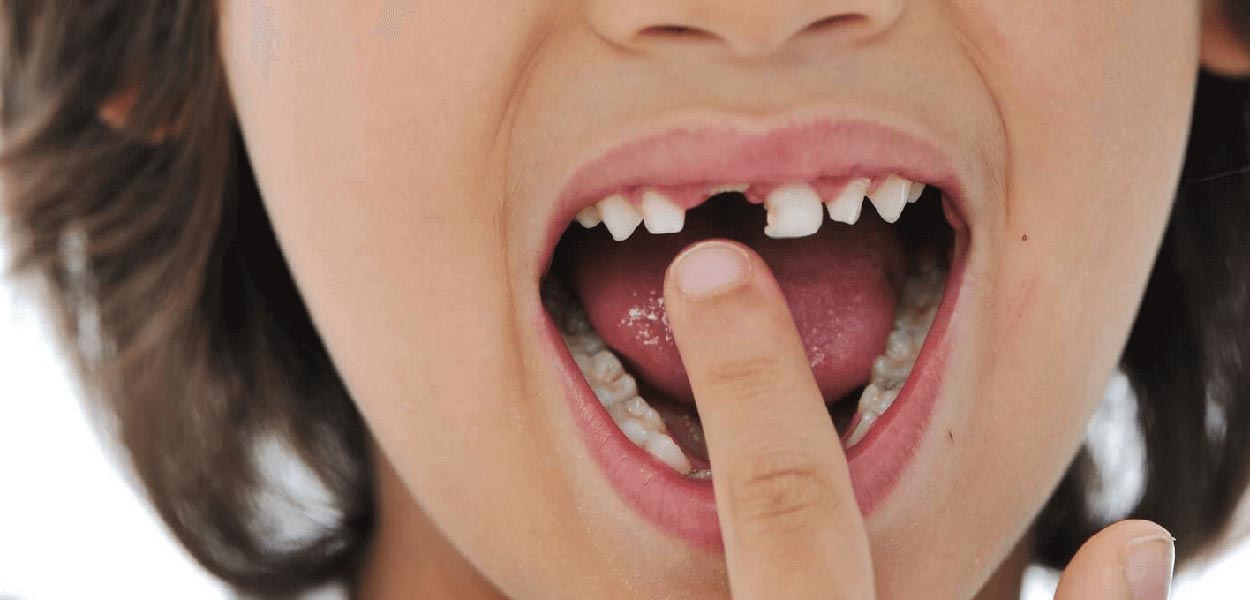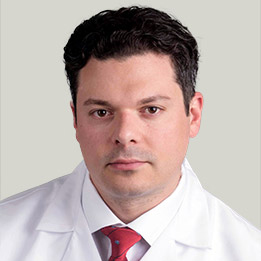The Growth & Development Program Explained

GRAYSLAKE AND KENILWORTH, ILLINOIS — Dr. Michael Stosich, an orthodontist who treats adults and children, helps patients achieve their ideal smiles through affordable braces treatment.
Sometimes that is best accomplished through what is known at Stosich Consulting as the Growth and Development Program. Through this program, Dr. Stosich wants to see children for an evaluation by their 7th birthday – earlier if your child has unhealthy oral habits you can’t break, or you see something unusual in your child’s bite.
These growth and development checks tend to be quick – sometimes lasting 15 minutes or less. Parents may question the purpose of these checks with their child’s orthodontist because frankly, planning for the appointment and taking time away from work and school often takes longer than the appointment itself. But we make sure our patients’ parents understand the value and importance of them. When we recommend a child be placed in our Growth and Development Program, it is because we need to make sure the teeth are developing and coming in properly, and the craniofacial complex is developing as it should.
“Sometimes treatment is required for certain problems; sometimes it’s not,” says Dr. Stosich, who provides Kenilworth orthodontics for adults and children. “That’s the point of the program. It’s a free program we offer that is used to determine the appropriate time for treatment and includes a free X-ray every six months as needed.”
In addition to monitoring our young patients’ growth, these appointments are a great way to set the stage for pleasant experiences with physicians. We try to make these appointments fun by having contests, games and a prize wheel.
“Kids get to come in and have a fun experience, which makes them that much more comfortable about coming to a doctor’s office,” says Dr. Stosich, family orthodontist. “They need to understand that every visit with a doctor doesn’t mean you’re sick or you’re getting a shot.”
Dr. Stosich promotes the American Association of Orthodontists’ recommendation of having children evaluated by age 7. Often, no treatment is needed, and in that case, it’s good to at least have that peace of mind, he says.
Monitoring typically continues until the child has her full complement of adult teeth, which is generally around 11 or12 years old. However, it’s important to remember that every child grows differently, so the length of time spent in the Growth and Development Program depends on the individual.
Bite and alignment issues that could require interceptive treatment include crossbites, severe crowding, underbites and situations where the jaws aren’t growing properly.
Crossbite is the term used to describe a tooth or several teeth that are closer to the cheek or the tongue than the antagonist tooth/teeth above or below them. An underbite occurs when the lower jaw juts forward beyond the teeth in the upper jaw.
Being evaluated at age 7 and addressing problems such as crossbite and underbite early can save money and frequently eliminate the need for more invasive treatment later in the child’s life.
“Particularly in the case of an underbite, interceptive treatment can correct problems by using the fact that the child is still growing to our advantage,” says Dr. Stosich, who also is an Grayslake invisalign provider. “We can move teeth and hinder jaw growth with a variety of appliances while growth continues, whereas waiting until a child is older and his jaw growth is complete often means our only method of correction is surgery.”
We here at Stosich Consulting want to provide the most effective, least invasive treatment possible that brings about the most ideal results for our patients. Our Growth and Development Program helps make that possible.


